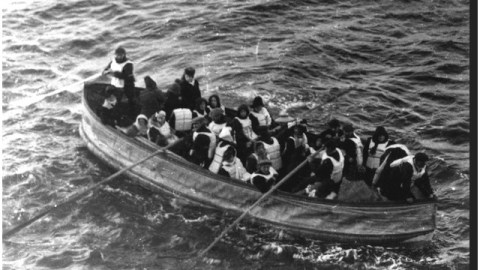In A Shipwreck, Your Heart Is More Likely To Go On If You’re Male

Today marks the 100th anniversary of the sinking of the Titanic in the North Atlantic, from which many of us get the notion that when a ship goes down, it’s “women and children first” into the lifeboats. After all, the survival rate for first-class women passengers, according to Wikipedia’s handy chart, was 97 percent, while for first-class men it was 33 percent. (Of third-class women, only 46 percent lived, but that’s still far above the 16 percent of third-class male passengers who made it.) However, hard-nosed research on actual human behavior has found that male self-sacrifice in shipwrecks in general is a myth: According to this review (pdf) of data from 18 non-wartime shipwrecks from 1852 to 2011, men have generally been twice as likely to survive a shipwreck than women. Hence the title of the paper, by Mikael Elinder and Oscar Erixson, economists at Sweden’s Uppsala University: “Every Man for Himself.”
According to the data gathered by the pair, the Titanic disaster also spawned another myth: Captains went down with their ships in less than half the cases, and crews had better survival rates than passengers. The data also suggest that a gender norm of male chivalry doesn’t do nearly as much for women as egalitarianism: Survival rates for female passengers have improved in the past few decades, probably because more women now than then are taught to swim, encouraged to be physically fit, and not stuck in bustles and corsets.
So why was the Titanic an outlier in the shipwreck data? Elinder and Erixson note that Captain Edward Smith insisted on women going first into the lifeboats. Men who disobeyed found themselves staring at officers’ drawn guns (and some shots were fired). Only when captains insist on the standard with this kind of determination, write the authors, does the male advantage disappear.





